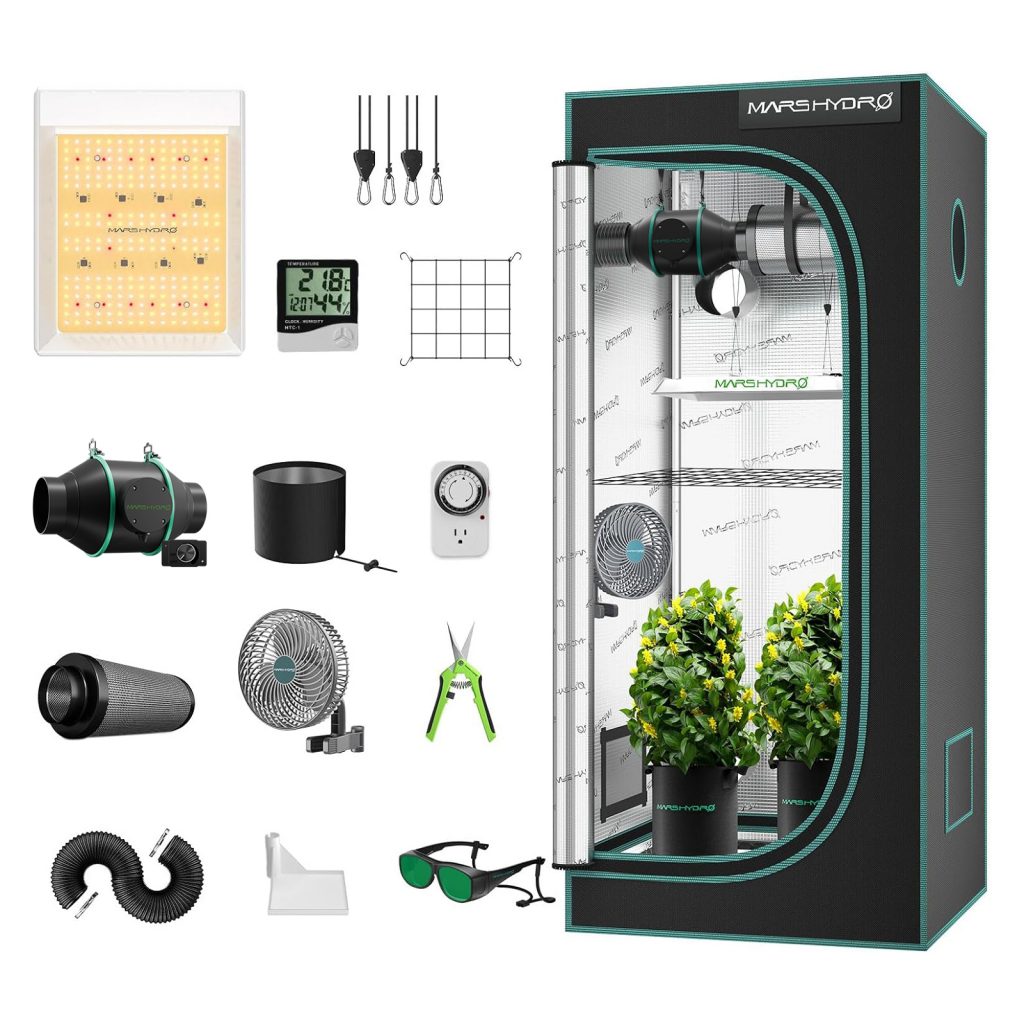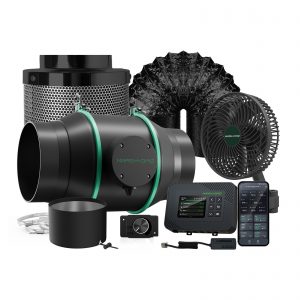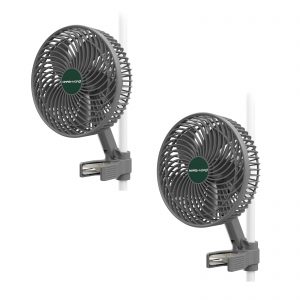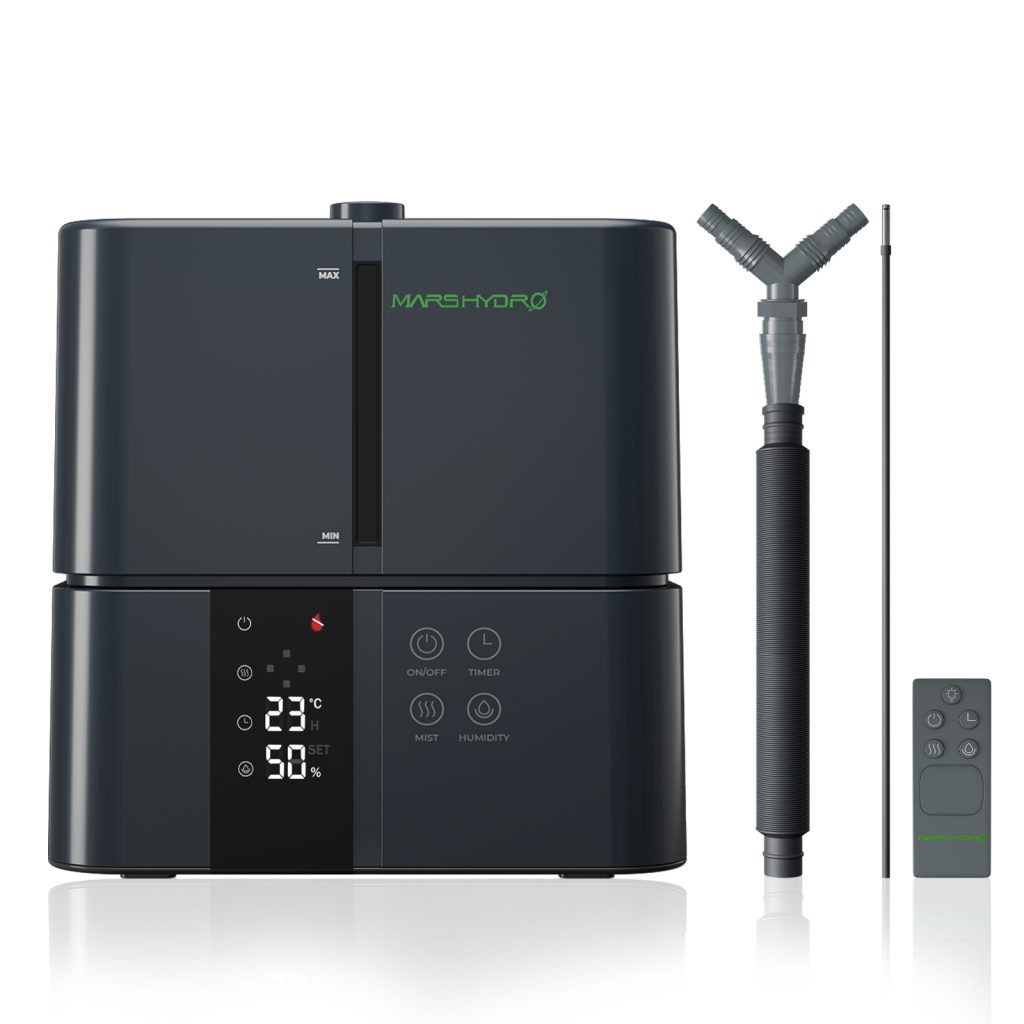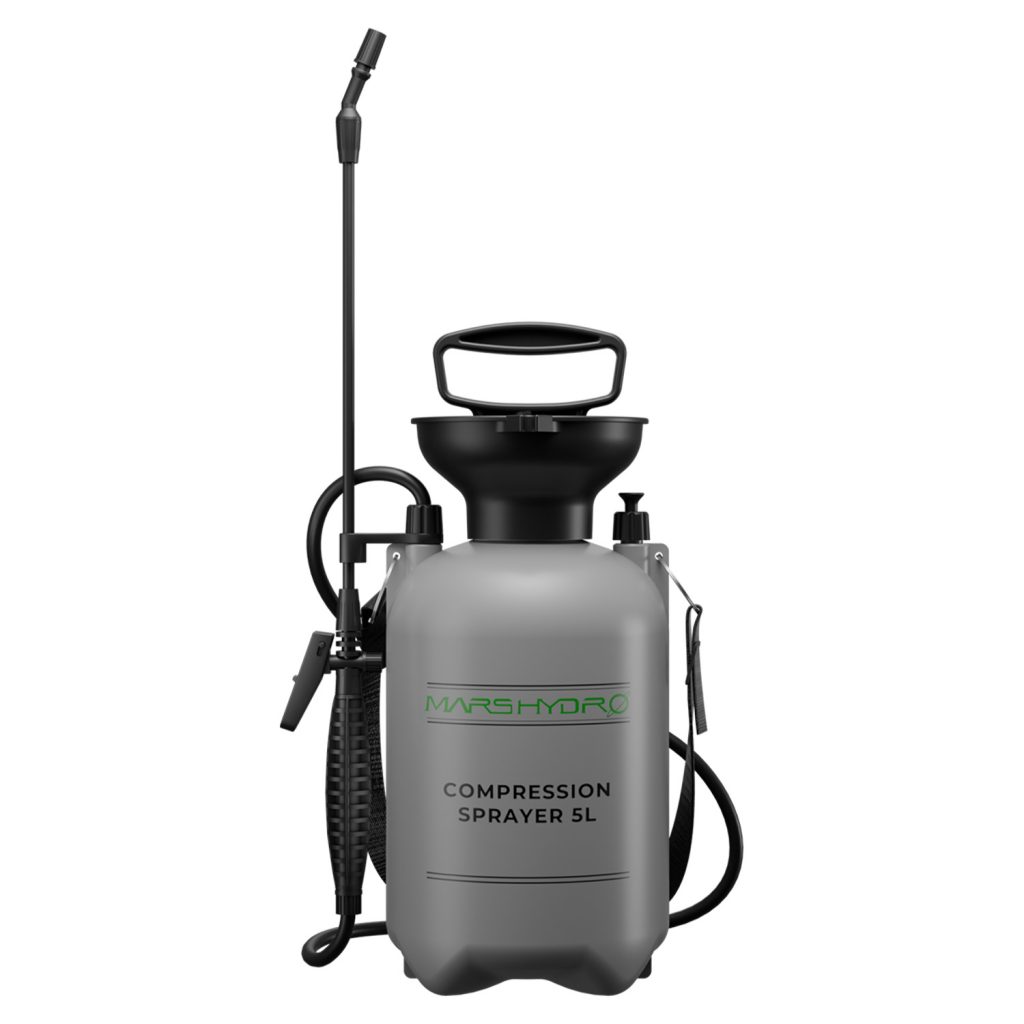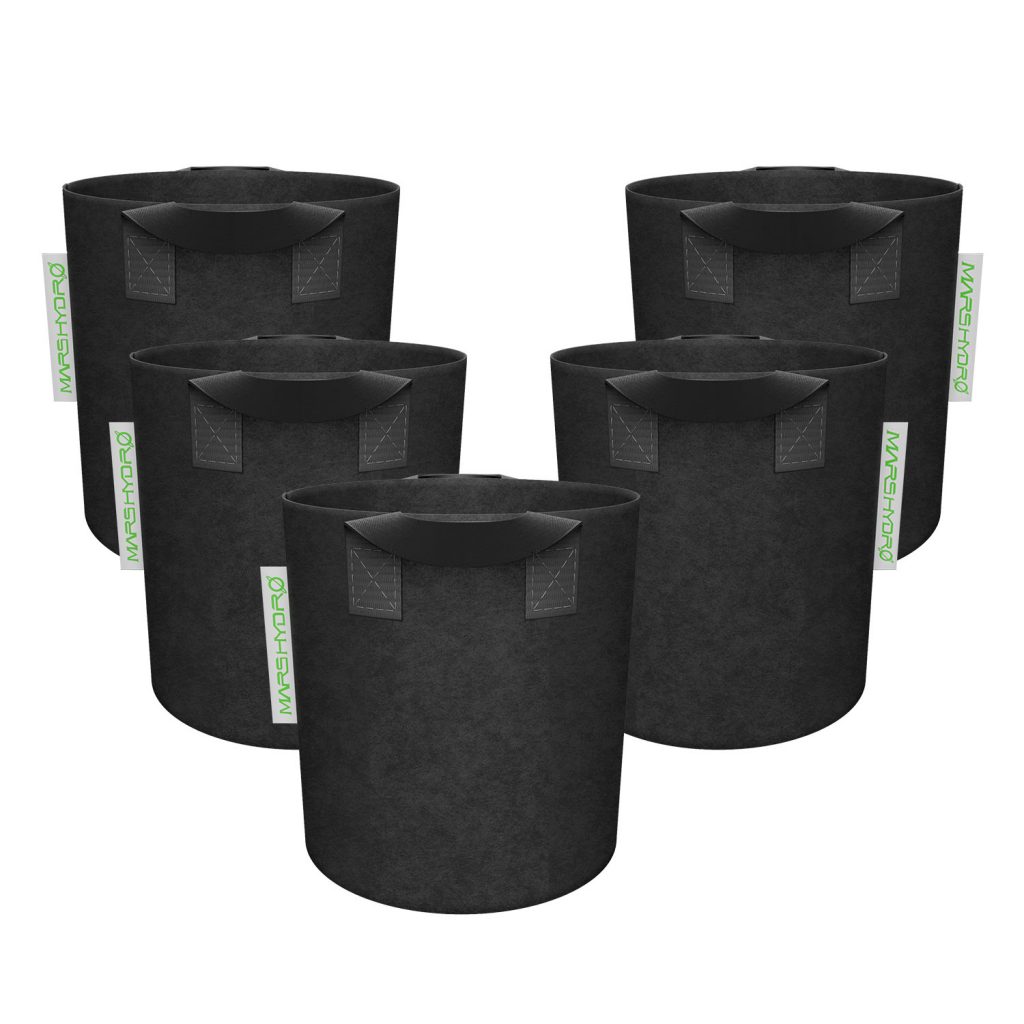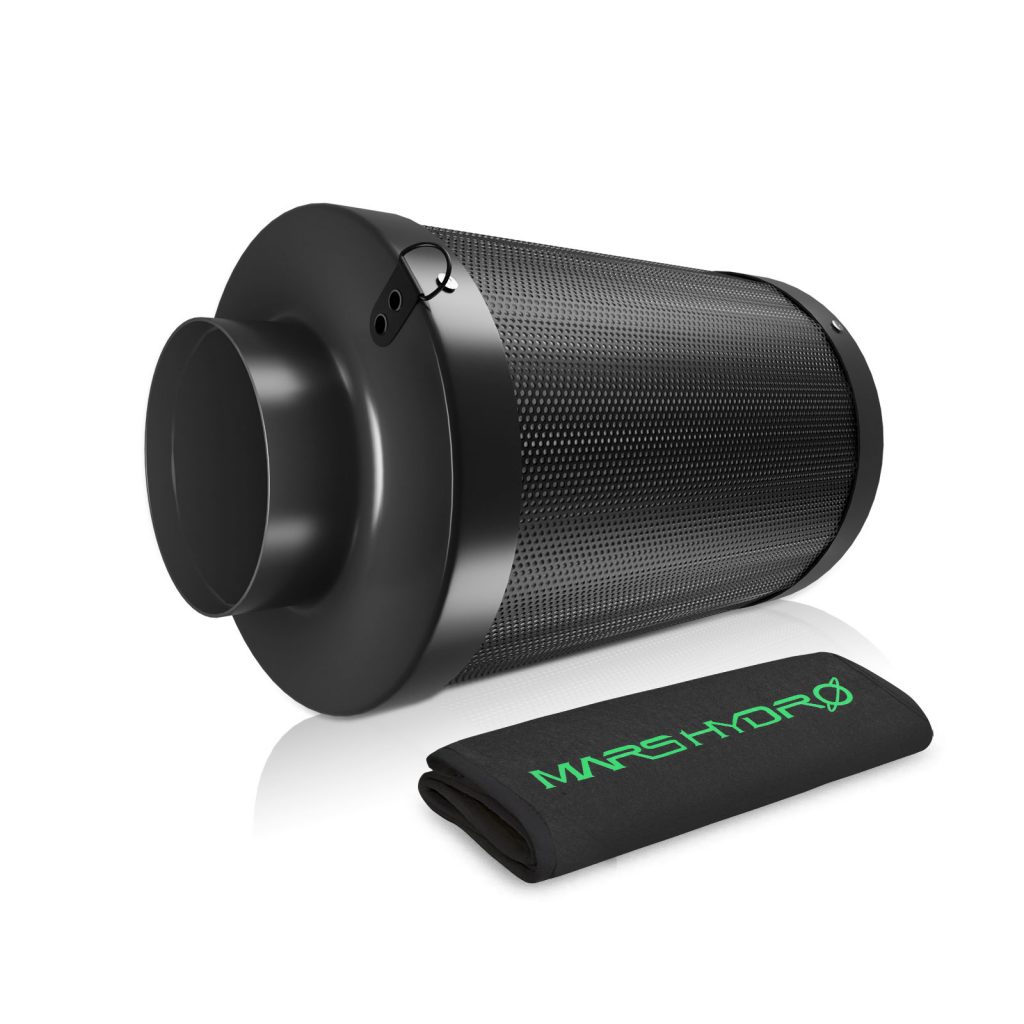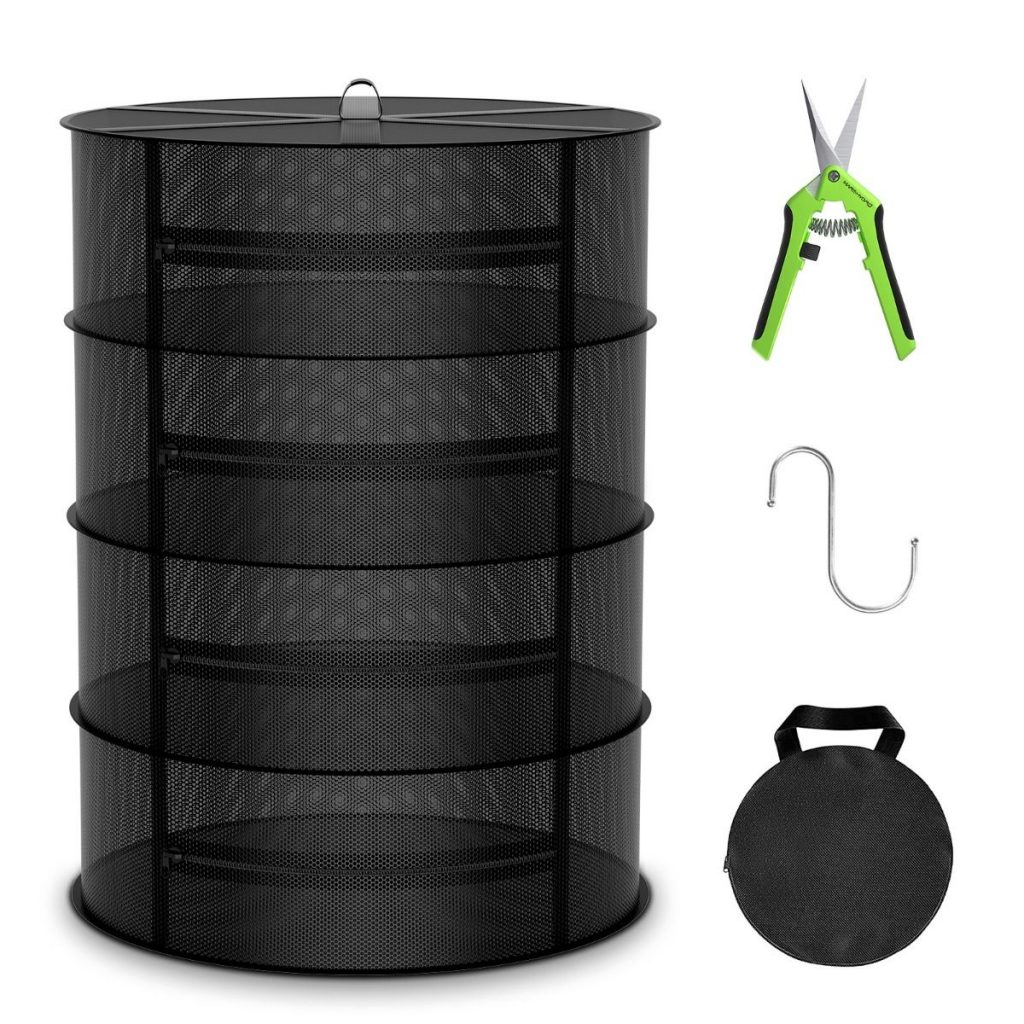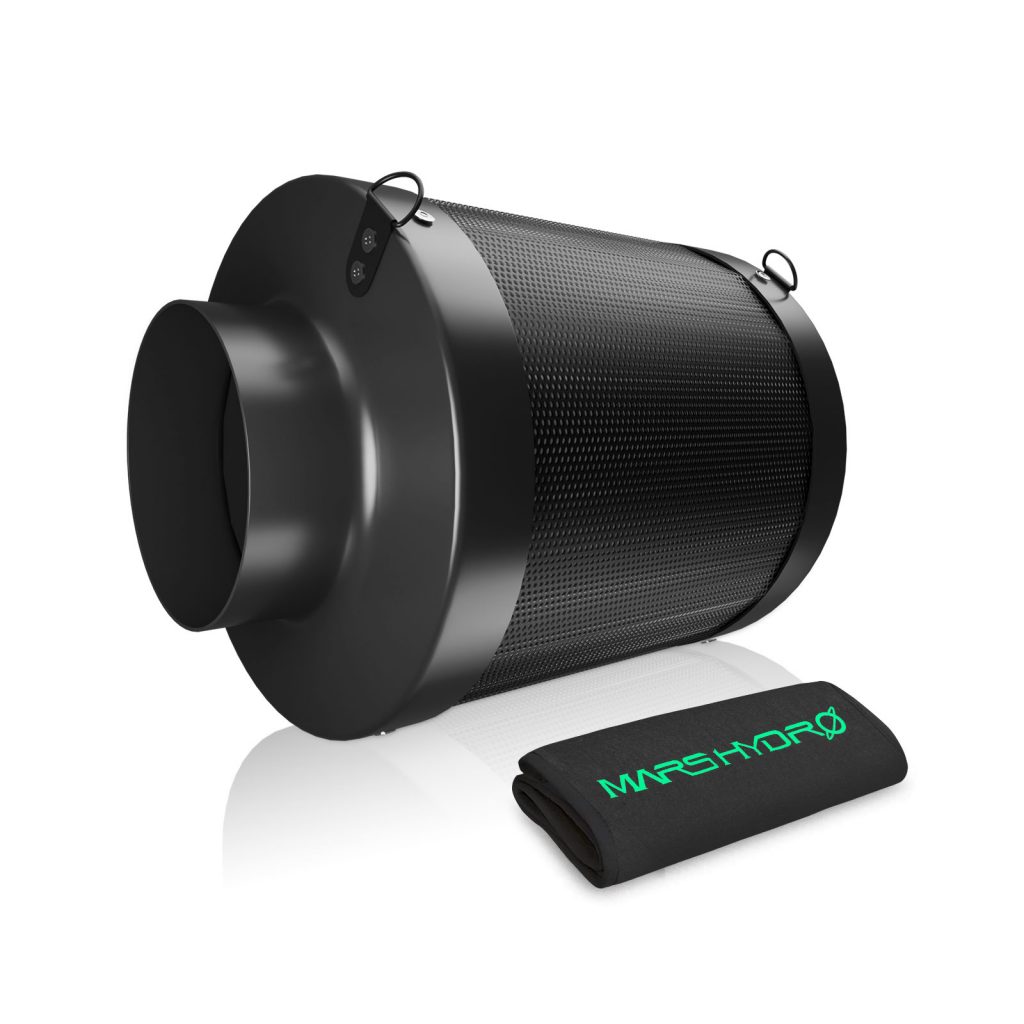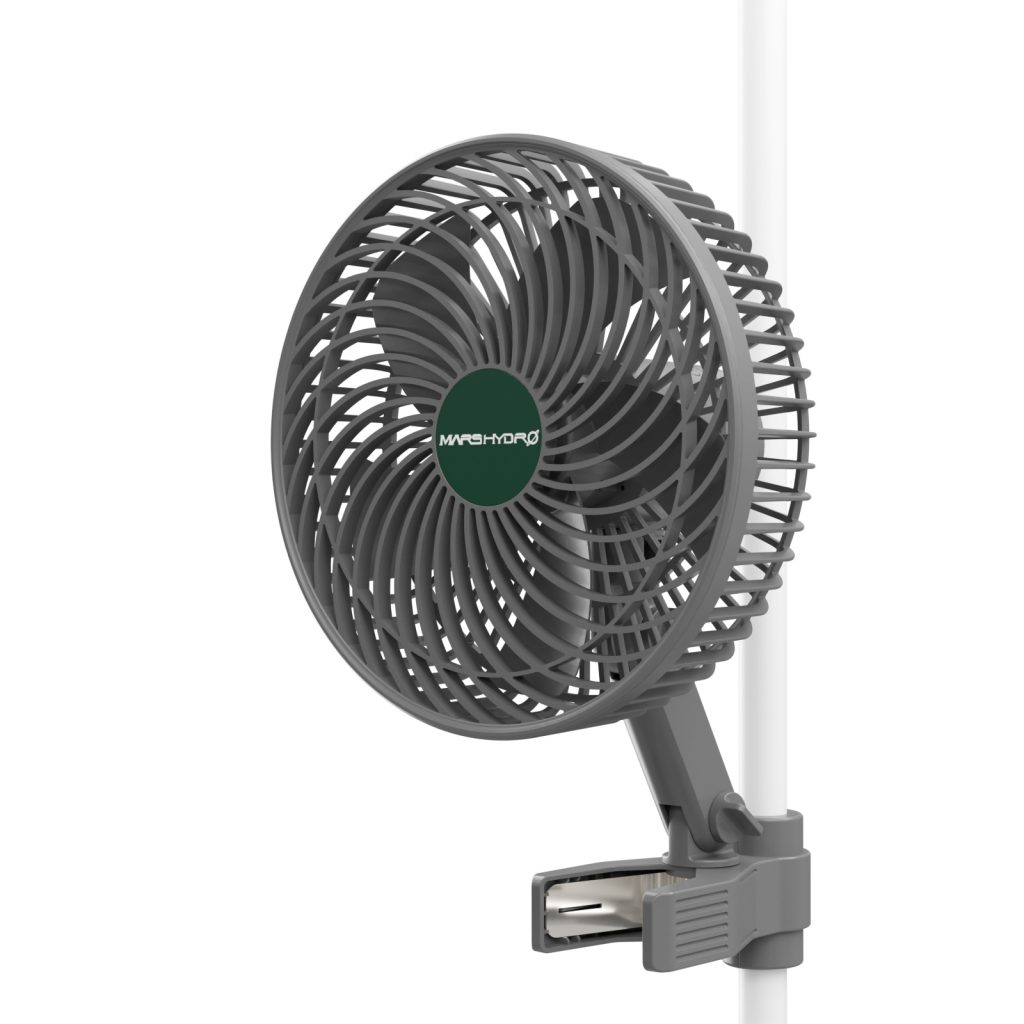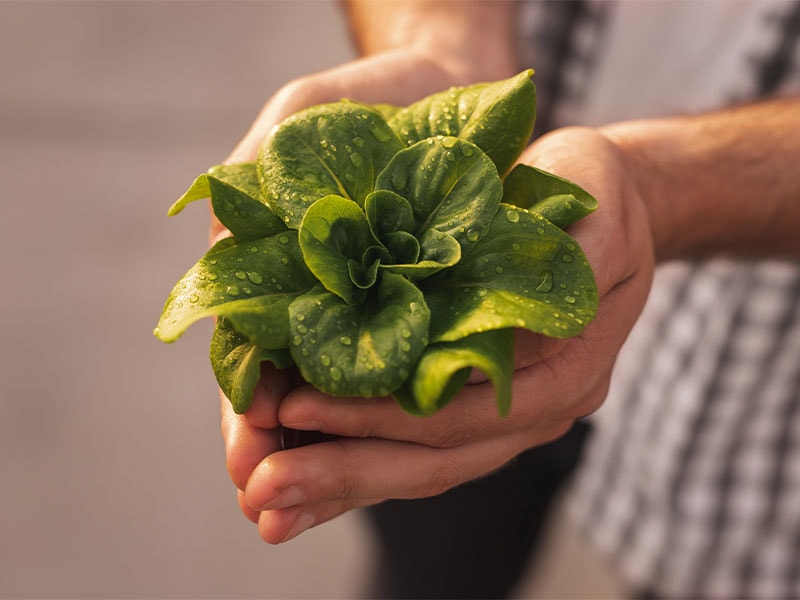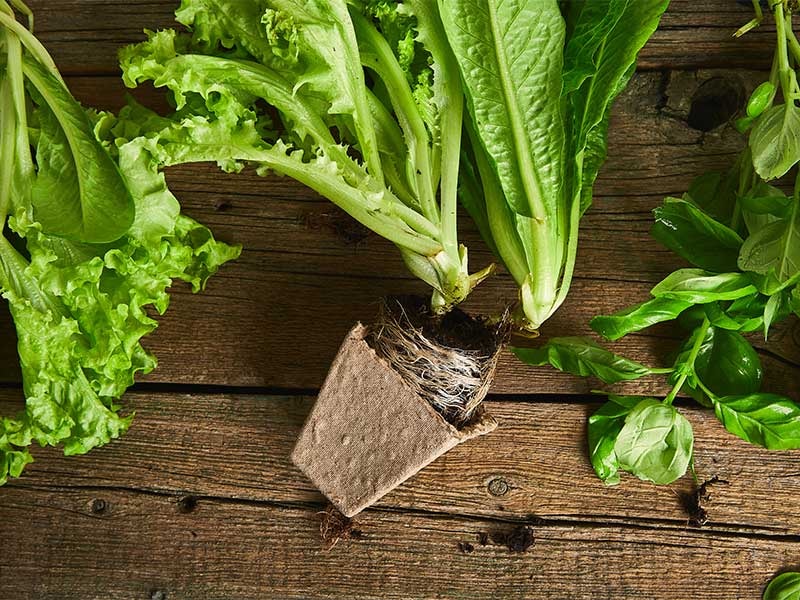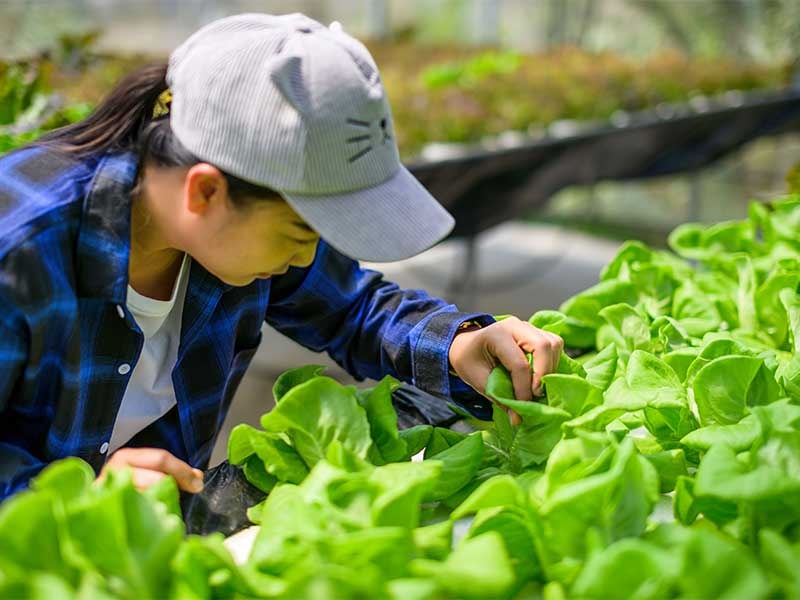Have you noticed that fruits and veggies from the store just don’t taste like they used to? With all the chemicals and ripening agents out there, it’s hard to find produce that feels truly natural. Especially concerning is the impact on our health, notably for pregnant women and children, from veggies like lettuce that are commonly treated with pesticides.
That’s where the magic of growing your own salad greens indoors comes in! It’s becoming super popular, and for good reason. Imagine plucking fresh, crisp lettuce right from your living room or kitchen — no pesticides, no worries. Whether you’re into the buttery smoothness of leaf lettuce, the crunch of head lettuce, or the versatility of loose-leaf varieties, taking charge of your indoor garden means you control what goes into your food and ultimately, what goes into you.
Start your indoor gardening journey today, and turn your salads into the highlight of your meals!
Start Your Indoor Lettuce Garden Today!
Dreaming of fresh, vibrant lettuce right from your home? Achieving this is all about recreating the perfect spring conditions indoors. Lettuce and other leafy greens flourish under the cooler, shorter days typical of spring. During this season, a delicate balance of light and darkness keeps the plants robust and in a vegetative state, preventing them from flowering prematurely.
The Secret Life of Leafy Greens
In nature, leafy greens like lettuce thrive when the days are short enough to fuel growth without triggering the reproductive cycle, which leads to seeding. As the days grow longer into summer, these plants naturally begin to prepare for seeding.
How to Set Up Your Indoor Garden
To cultivate lush, leafy greens indoors, understanding and replicating these natural cycles is key. By carefully controlling the amount of light and darkness your plants receive, you can extend their productive periods significantly. This involves setting up your indoor lighting to simulate shorter spring days and longer nights, preventing your lettuce from entering its reproductive phase too early.
Get ready to transform your living space into a thriving green oasis! With a bit of knowledge and the right setup, you can enjoy continuous harvests of fresh, healthy lettuce without ever worrying about the typical constraints of seasonal gardening.
Get Growing: Your Indoor Lettuce Garden Awaits!
Let’s dive into the exciting world of indoor lettuce gardening! Mastering the essentials of light and temperature will set you up for success, so here's how to start your green journey on the right leaf.
Choosing the Perfect Lettuce Seeds and Soil
Begin by visiting your local garden center to pick up some high-quality leaf lettuce seeds, which are ideal for indoor cultivation. Pair these seeds with well-drained potting soil to ensure they have the perfect moisture balance. Plant your seeds about an inch deep, providing a strong foundation for healthy growth.
Optimizing Light and Temperature for Thriving Lettuce
Lettuce loves light! To ensure your indoor plants thrive:
- Light Management: Aim for at least 5 hours of direct sunlight daily. If your space lacks natural light, consider using grow lights to supplement daylight, ensuring your lettuce gets its necessary dose of sunshine.
- Temperature Control: Keep your growing area cool, similar to the crisp conditions of spring. Adjust the placement of your plants or use shade cloths to avoid overheating near windows.
The Role of Grow Lights
Growing lettuce indoors can be challenging due to limited natural light, but with Mars Hydro grow lights, you can create optimal conditions year-round. The TS1000 and VG40 models are engineered to support healthy plant growth and improve yields, making them essential for any indoor gardener.
Mars Hydro TS1000: Perfect for Beginners
The TS1000 is a fantastic starter choice for new gardeners, efficiently lighting 2-4 plants within a compact area. It's budget-friendly and super easy to use with features like dimming control that make it a favorite. With just 150 watts, it operates more efficiently than a 250-watt HPS light, slashing energy use by 40%.
Features of the TS1000:
- Efficient Lighting: It’s 50% more photon efficient compared to older lights, with a high output of 343umol/s.
- Smart Design: The patented hood shape maximizes light intensity, helping your plants absorb more.
- Full Spectrum Light: Includes essential IR wavelengths to boost growth and enhance photosynthesis.
- Extra Perks: Comes with dimming and daisy chain capabilities, safety certifications, and a reassuring 5-year warranty.
Mars Hydro VG Series: Seedling Specialist
The VG series is tailored for seedlings, clones, and young veggies, running cool on just 40/80 watts. This means you can place it close to your plants without worrying about heat damage.
Great Reasons to Choose VG Series:
- Gentle on Plants: Its high-quality LEDs ensure your young plants get the light they need without stress.
- Cost-Efficient Growth: Optimizes red light spectrum for better growth and faster cycles.
- Flexible Setup: Link units in a daisy chain for larger setups or unique planting systems.
- Built to Last: Water-resistant and designed for longevity, it's safe for humid conditions and comes with a 5-year warranty.
Both the TS1000 and VG series by Mars Hydro are stellar picks for any indoor gardener aiming to boost their garden’s productivity. With these lights, your lettuce and herbs will get the perfect amount of light, leading to lush growth, impressive yields, and the freshest flavors right from your garden to your table.
Harvesting and Enjoying Your Lettuce
Once your setup is complete and your plants are thriving, the next step is to understand the best practices for harvesting your lettuce to maintain a continuous yield.
Harvest leaf lettuce by gently removing the outer leaves, allowing the inner leaves to continue growing. This method can provide a continuous harvest throughout the growing season. Head lettuce and other types should be harvested once they've reached full size and the leaves are tightly packed and crisp.
Continuous Care and Tips
You've planted your lettuce seeds and set up your garden—now it's all about giving your plants the TLC they need to flourish. Indoor gardening comes with its own set of challenges, but with a little care and attention, you can ensure your lettuce thrives, bringing fresh, pesticide-free salads to your table all year round.
Essential Care for Your Growing Lettuce
- Monitor Growth: Keep an eye on your plants. If you see seedlings stretching or looking thin, they likely need more light.
- Water Wisely: Lettuce likes moist soil, but not soggy. Adjust your watering to the dryness of your indoor air.
- Adapt to the Seasons: As seasons change, so should your garden's setup. Move plants or adjust your grow lights to keep conditions ideal.
Gardening Wisdom from a Certified Master Gardener
Now that you've got the basics down for your indoor lettuce garden, why not step up your game with some expert tips? A certified master gardener shares these savvy strategies to help you tackle common indoor gardening challenges like temperature swings, soil health, and pests. These insights are sure to fine-tune your gardening skills and boost the vitality of your lettuce.
Keeping It Cool:
When temperatures start to spike, move your potted lettuce to a cooler area or drape a shade cloth over them to keep them comfy and protected.
Soil and Supper:
Lettuce isn't too fussy but loves consistently moist soil that's rich in organic matter. Give your soil a little boost every few weeks to keep your greens happy.
Pest Patrol:
Stay vigilant for unwanted guests. Manage pests organically by attracting beneficial insects or spraying a mild insecticidal soap when necessary.
By integrating these pro tips into your gardening routine, you'll not only enhance your experience but also enjoy healthier, lusher lettuce. No matter the weather or pesky invaders, these guidelines will arm you with the knowledge to succeed in any indoor setting.
Conclusion
Growing your own lettuce is an easy and rewarding way to add fresh, nutritious salads to your daily meals. Whether you're just starting out or you're a gardening pro, the crisp, fresh taste of home-grown lettuce is sure to make every meal a bit more special. Happy gardening!


